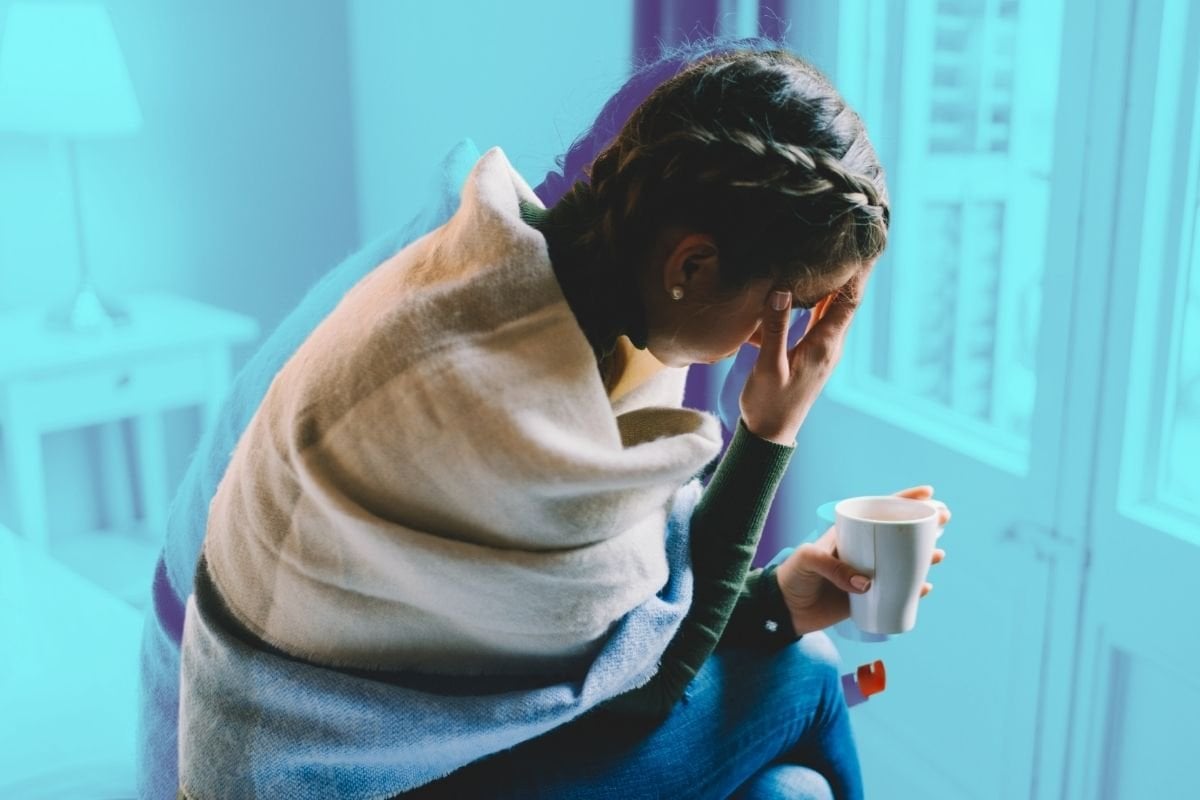
It may be 2023, but there's a whole heap of common medical diagnoses you're probably more likely to miss just because you're a woman.
Sounds like an exaggeration, we know – but it's true. It really is.
Watch: Here are seven health myths debunked. Post continues below.
And there are a few reasons for this. One is a lack of research into these health issues. Another is the history of gendered notions and stigmas that cloud possible symptoms and diagnosis. Then there's the fact that many women find it embarrassing to talk about not only their sexual health, but their mental health too.
The result? A lost generation of women going through life struggling with undiagnosed conditions.
"It’s true that many diagnoses are often delayed and missed when it comes to mental health, and for women there are definitely certain conditions that fly below the radar both mentally and physically," said medical doctor and psychiatry resident Dr Kieran Kennedy.
"From a more general perspective, diagnoses that impact mental health and the brain are often missed and delayed. There’s a continued stigma that clouds how we think and feel about mental health, and so whether it’s depression, anxiety or autism it’s been so common for myself as a psychiatric doctor to meet women who’ve struggled to reach out for help or who’ve been given the wrong diagnosis when they have."


Top Comments